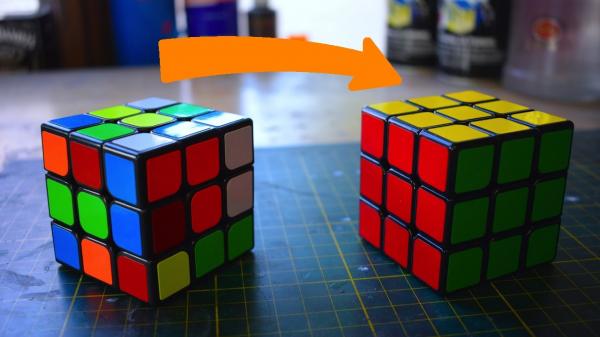Para-Snowboarding

Para snowboard made its Games debut at Sochi 2014 with two medal events in women’s and men’s snowboard cross. A firm spectator favourite, the sport has grown considerably since Sochi, with ten medal events now on the programme. Rules Competition includes male and female athletes with physical impairments such as spinal injury, cerebral palsy and amputation. Athletes compete in three categories based on their functional ability – SB-LL1 and SB-LL2 for athletes with lower limb impairments and SB-UL for athletes with an upper limb impairment. At PyeongChang there will be male and female competition in all events with the exception of SB-UL where only a male medal will be contested. Athletes will compete in two events at PyeongChang 2018; snowboard cross and banked slalom. Snowboard cross (head-to-head): During qualification, each athlete completes three runs down the course with their best run determining the final order based on ascending time. There is only one rider on the course at a time during qualification. Finals comprise 16 men and eight women, with two competitors per heat or such other numbers as determined by the jury. The finalists race against each other to determine the final rankings. The ideal snowboard cross may allow the construction of any features excluding: gap jumps, corner jumps, spines and double spines, cutting banks, giant slalom turns and negative banks. Banked slalom: Each athlete completes three runs down the course with their best run determining the final order, based on the ascending time. There is only one rider on the course at a time. The course may be a medium pitched slope. It may be naturally varying terrain, with plenty of bumps and dips, and preferably a U-shape/natural valley.














